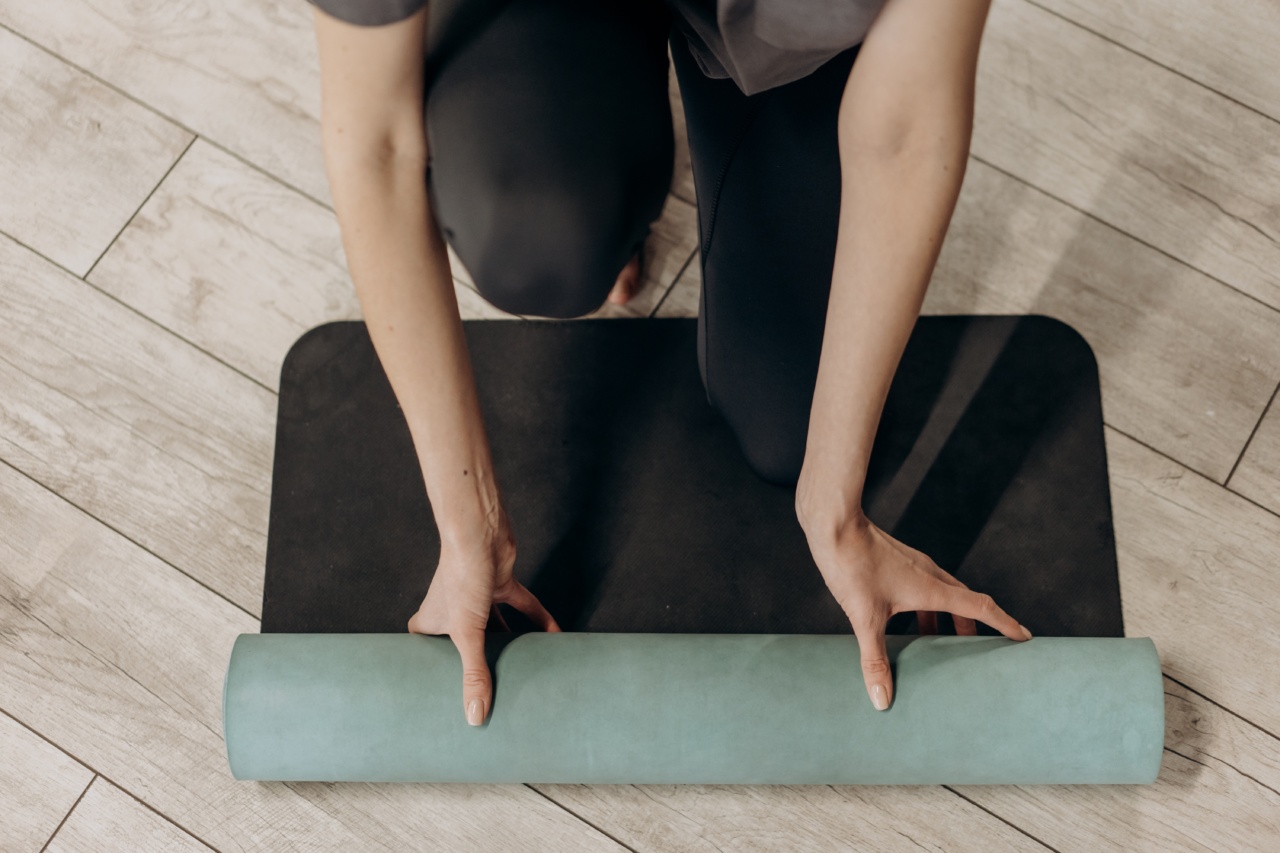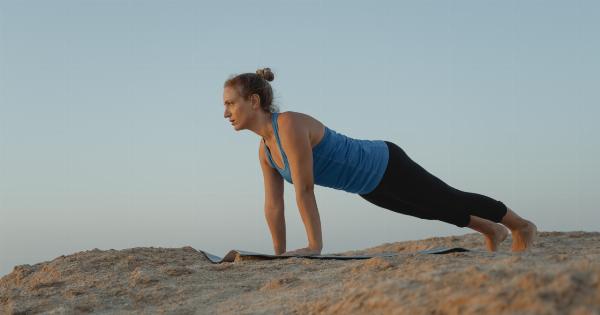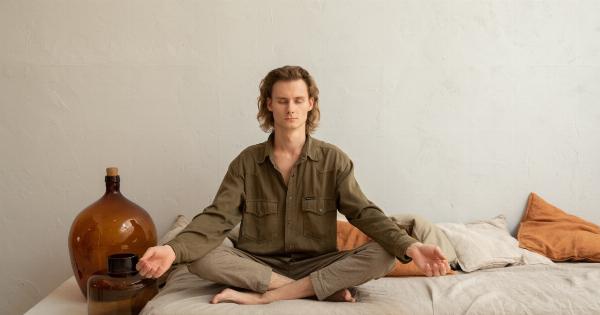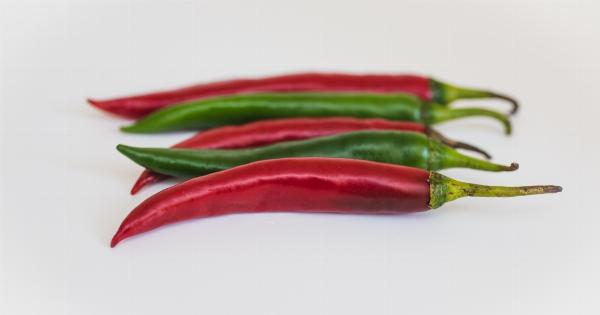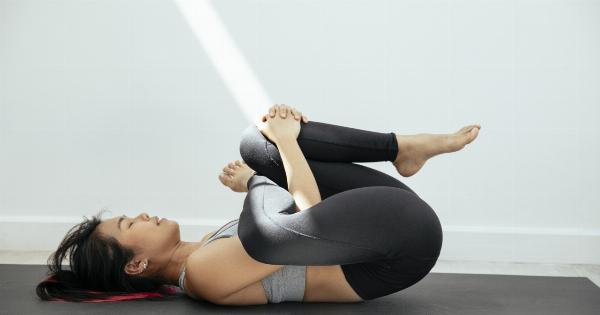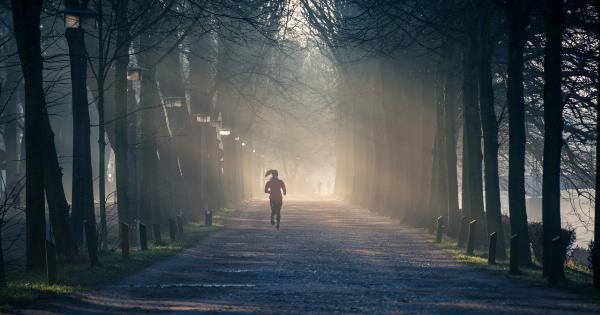Yoga is an ancient practice that can help you improve your physical, mental, and emotional well-being. It combines physical postures, breathing exercises, and meditation to provide a holistic approach to health.
If you’re looking to revitalize your body and regain your energy, this yoga routine is perfect for you. In this article, we’ll take you through a rejuvenating sequence of yoga poses that will leave you feeling refreshed and invigorated.
1. Sun Salutations (Surya Namaskar)
Sun salutations are a great way to start your yoga routine. They warm up your body, improve flexibility, and increase blood circulation. Begin by standing at the front of your mat, inhale, and raise your arms overhead.
Exhale and fold forward, placing your hands on the ground. Inhale, step your feet back into a plank pose, and exhale as you lower yourself down into a push-up position. Inhale, raise your chest into upward-facing dog, and exhale as you lift your hips into downward-facing dog.
Repeat this sequence for a few rounds, syncing your breath with each movement.
2. Bridge Pose (Setu Bandhasana)
This pose is excellent for opening up your chest, stretching your spine, and strengthening your legs. Start by lying flat on your back with your knees bent and feet flat on the floor. Place your arms at your sides, palms facing down.
Inhale, press your feet into the floor, and lift your hips off the ground. If possible, clasp your hands together under your body and roll your shoulders together. Hold this pose for a few breaths, then lower your hips back down to the mat.
3. Standing Forward Bend (Uttanasana)
This pose stretches your hamstrings, calves, and hips while also calming your mind. Stand at the front of your mat with your feet hip-width apart. Inhale, then exhale as you fold forward from your hips.
Let your head hang heavy and grab onto your elbows or clasp your hands behind your calves. Hold this pose for a few breaths, feeling the stretch in the back of your legs. Slowly rise back up to a standing position.
4. Warrior II (Virabhadrasana II)
Warrior II is a powerful standing pose that builds strength, stability, and focus. Start by standing at the front of your mat. Step your left foot back, keeping your feet about three to four feet apart.
Turn your left foot out at a 90-degree angle and your right foot slightly in. Bend your right knee, keeping it directly above your ankle. Stretch your arms out parallel to the ground, with your gaze focused over your right hand. Hold this pose for a few breaths, then switch sides.
5. Tree Pose (Vrikshasana)
Tree pose is a balancing posture that enhances concentration and stability. Stand tall with your feet hip-width apart. Shift your weight onto your left leg and place the sole of your right foot on your left thigh, above or below the knee.
Press your foot into your thigh and bring your hands together in front of your heart. Find a fixed point in front of you to focus your gaze on. Hold the pose for a few breaths, then repeat on the other side.
6. Child’s Pose (Balasana)
Child’s pose is a restorative posture that stretches your lower back, hips, and ankles while also calming your nervous system. Begin by kneeling on your mat with your knees hip-width apart.
Sit back on your heels and slowly lower your torso to the ground, folding forward. Extend your arms in front of you and rest your forehead on the mat. Breathe deeply and allow your body to relax in this pose, releasing any tension or stress.
7. Cat-Cow Pose (Marjaryasana-Bitilasana)
This dynamic pose sequence helps to massage and stretch your spine, improving flexibility and relieving back pain. Start on your hands and knees in a tabletop position.
As you inhale, lengthen your spine and lift your tailbone and chest towards the ceiling (cow pose). Exhale, round your spine, tuck your chin towards your chest, and draw your belly button in towards your spine (cat pose). Continue flowing between these two poses for a few rounds, syncing your breath with each movement.
8. Seated Forward Fold (Paschimottanasana)
This pose provides a deep stretch to your hamstrings, spine, and shoulders. Sit on your mat with your legs extended in front of you. Inhale, then exhale as you reach forward with a flat back, lengthening your spine.
Keep bending forward until you feel a gentle stretch in the back of your legs. You can gently hold onto your calves, ankles, or feet if comfortable. Hold this pose for a few breaths, then slowly release.
9. Corpse Pose (Savasana)
Savasana is the final relaxation pose that allows your body and mind to integrate and absorb the benefits of your yoga practice. Lie flat on your back with your legs extended and arms by your sides, palms facing up.
Close your eyes and allow your body to fully relax. Surrender any tension or thoughts, focusing solely on your breath. Remain in this pose for at least five minutes or longer, and slowly transition back to a seated position when you’re ready.
10. Alternate Nostril Breathing (Nadi Shodhana)
This breathing technique promotes balance and relaxation by calming the nervous system. Sit in a comfortable position with your spine straight. Place your left hand on your left knee in a relaxed gesture.
Bring your right hand towards your face and fold your index and middle fingers towards your palm. Close your right nostril with your thumb and inhale deeply through your left nostril. Close your left nostril with your ring finger, release the thumb, and exhale through your right nostril.
Inhale through your right nostril, close it with your thumb, and exhale through your left nostril. Continue alternating nostrils for a few rounds, then release your hand and take a few natural breaths.
By incorporating this revitalizing yoga routine into your daily or weekly schedule, you can promote physical strength, mental clarity, and emotional balance.
Remember to listen to your body and modify the poses as needed, especially if you’re a beginner. Make time for yourself and embrace the transformative power of yoga to rejuvenate your body and nourish your soul.
